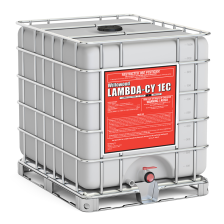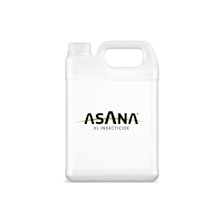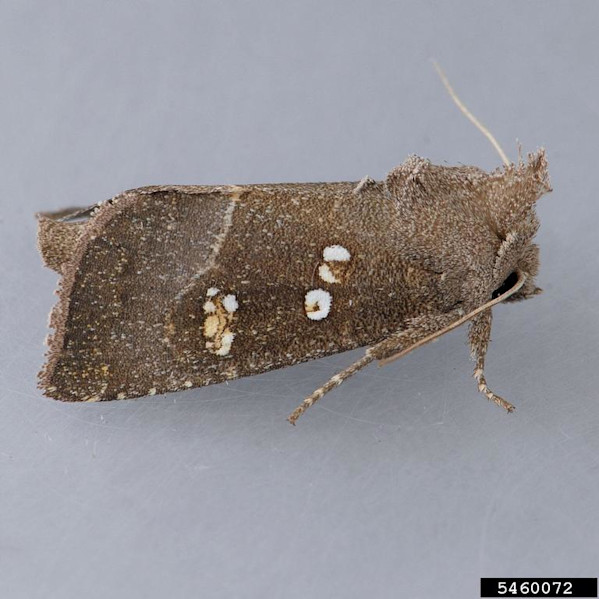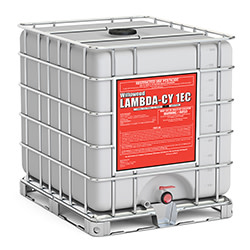How to Identify Stalk Borers
Farmers can identify stalk borers by looking for specific signs and symptoms in their crops. Here are detailed characteristics to help with identification:
Larvae:
Appearance: Stalk borer larvae are typically creamy white to light brown with a distinctive purple or dark brown band around their middle. They can grow up to 1.5 inches long.
Head: The head capsule is dark brown or black.
Movement: Larvae are active and can be found boring into the stems of plants.
Damage Indicators:
Entry Holes: Look for small, round entry holes on the lower stems of plants. These holes are where the larvae bore into the stalk.
Frass: Presence of frass (insect excrement) around the entry holes is a clear indicator of stalk borer activity.
Stem Damage: Internally, the larvae create tunnels within the stalk, which can weaken the plant structure.
Plant Symptoms: Affected plants may show signs of wilting, stunted growth, and lodging. In corn, the central whorl may die, a condition known as "dead heart."
Scouting Tips:
Timing: Regularly scout fields, especially during the early growing season when larvae are most active.
Weed Management: Pay attention to grassy weeds in and around fields, as these can serve as alternate hosts for the larvae.
Sampling: Inspect the lower stems of plants for entry holes and frass.
For chemical management, products like Willowood Lambda-Cy 1EC and Willowood Imidacloprid 4SC are effective against stalk borers and are available from FBN. Implementing an integrated pest management strategy, including timely insecticide applications and weed control, is essential for mitigating the impact of stalk borers on crops.
Photo Credit: Mark Dreiling, Bugwood.org




